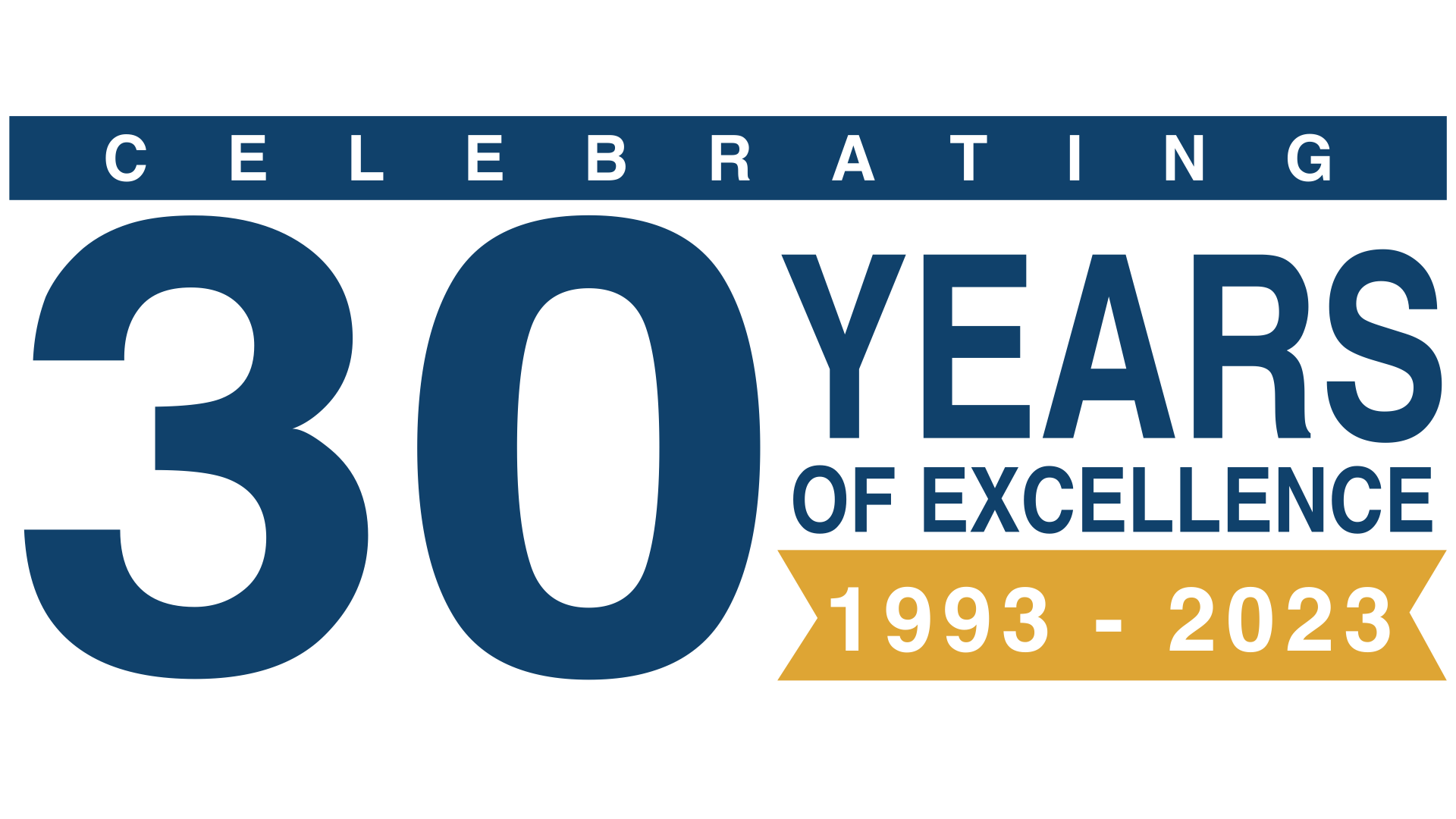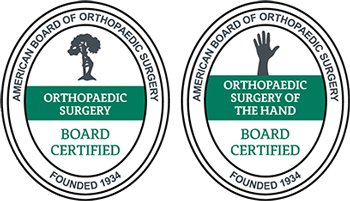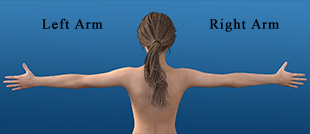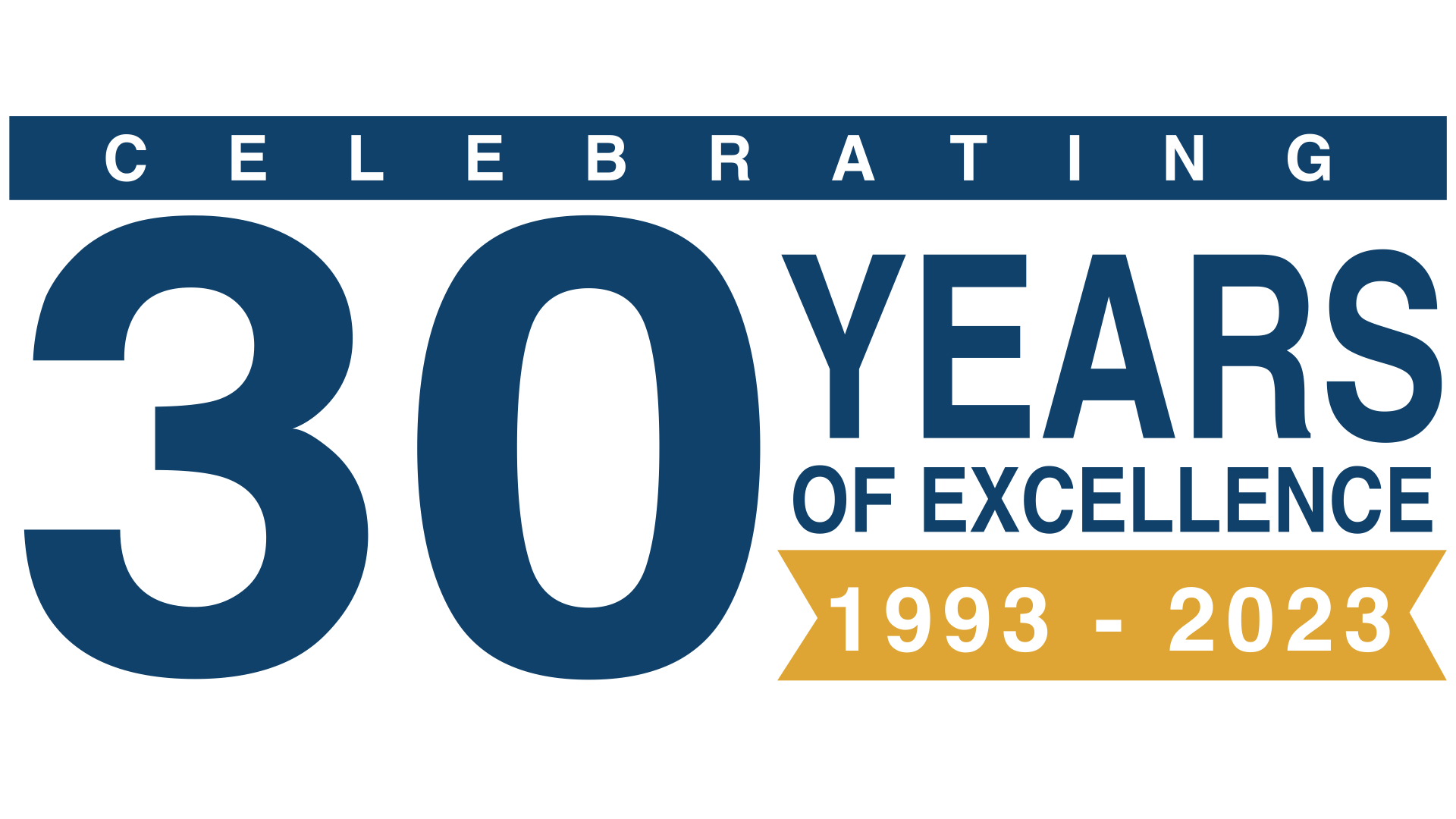Steph Curry’s Broken Hand: Will He Return, and Will He Be the Same?
Just four games into the 2019-2020 NBA season, two-time MVP Steph Curry landed awkwardly after a lay-up, breaking a bone in his left hand. Two days later he underwent surgery to realign the break. He’s been ruled out for at least three months – about half of the regular season – but is expected to make a full recovery around All-star weekend (February 15-16).
Specifically, Curry fractured his second metacarpal, one of the long bones of the palm connecting the wrist bones (carpals) to the finger bones (phalanges) – in this case the index finger. Accounting for 30-40% of all hand breaks, metacarpal fractures are not unusual, with the fifth metacarpal (connecting to the pinky finger) being the most common – sometimes called a “boxer’s fracture” for its association with punching.
Metacarpal fractures can vary greatly in severity, with corresponding recovery times ranging from ~3 weeks to ~6 months. Treatment options depend on the severity of the break. For milder injuries, non-surgical bone realignment and immobilization is often recommended. However, more serious injuries may require surgery.
Contents
Causes and Symptoms of a Broken Metacarpal
A broken metacarpal is most often caused by direct trauma – impact with another object, person, or the ground (as in Curry’s case) – but can also be the result of repetitive stress to the bone. The fracture can come at the base (near the wrist), shaft and neck (middle to top of the palm), or head (near the knuckle).
Common symptoms include pain, tenderness, swelling or bruising, deformities of the hand, unnatural overlapping of fingers, limited range of motion, numbness in fingers (if nerve damage), and loss of joint stability.
Diagnosis and Treatment of a Broken Metacarpal
Whenever a patient suffers a major blow to the hand and suspects a break, it is advisable to go to an urgent care or emergency clinic, depending on the pain and visible severity of the injury. A physical examination from the doctor, combined with a detailed medical history, may be enough to diagnose the fracture. To determine the exact location and extent of the fracture, a doctor may order an x-ray. Further tests, such as an MRI or CT scan, can improve diagnosis and elucidate damage to the soft tissues of the hand – ligaments, muscles, tendons, nerves, and blood vessels. The severity of the injury can depend on the location (e.g., a fracture near the joint can take longer to heal), the degree to which the broken bone has moved out of normal alignment, and damage to the surrounding tissue.
Non-surgical Treatment
For more mild fractures, the doctor may place part of the fingers, the hand, and the wrist in a splint for ~3 weeks, with the goal being to immobilize the affected bones and encourage proper healing.
In certain cases, the doctor may also be able to perform a closed (i.e., non-surgical) reduction, in which they manipulate the bones into position using their hands, prior to placing the splint.
While healing, OTC pain medications (Advil, Motrin, aspirin, Tylenol) should be taken and ice packs used to reduce pain.
Surgical Treatment
In more severe cases – for example, if no edges of the break are in contact, there are multiple fractures, or bones pierce the skin – surgery may be required. The doctor will make a small incision and reposition the bone fragments to heal in a natural position. Pins, screws, plates, staples, and wires may be used to secure the pieces if necessary.
Post-operative Treatment
After surgery, the hand is immobilized for ~8 weeks to heal the break. The patient will consult a hand specialist to determine when to begin physical therapy and rehabilitation to regain strength and mobility. The physical therapist will guide the patient on proper hand exercises that will improve muscle strength and increase hand functionality. If normal function of the hand is not regained after the fracture has fully healed, surgical removal of any pins, screws, plates, etc., or additional, small surgeries to release scar tissue or restrictive supporting structures around the joint may be recommended by the doctor.
Curry’s Outlook
Promisingly for Curry and the Warriors, the prognosis of a broken metacarpal is good with proper immobilization, follow-up, and recovery. Indeed, another former MVP, Russell Westbrook, also underwent surgery for a broken second metacarpal in 2014 and made a full recovery. However, Westbrook’s injury was less severe than Curry’s, necessitating only four weeks on the sidelines. Moreover, injury to the joint or soft tissue – details which weren’t publicly disclosed for Curry’s injury – could extend Curry’s 3-month recovery.
Without a doubt, Curry’s injury did not come at an optimal time for the Warriors, who have struggled so far this season without all-stars Klay Thomson (left ACL tear), Draymond Green (torn ligament in left index finger), and now Curry. The primary point guard burden now falls to Brooklyn Nets transplant D’Angelo Russell, who has missed two of the first seven games with ankle sprain. After a 2-5 start, it’s clear the team desperately needs its stars. Should injury woes continue, or recovery be longer than expected, it’s possible we might not see the Warriors in the playoffs for the first time since 2011-2012.
Citations
1. Lee, B.Y. (2019, November 1). Steph Curry Gets Surgery for Broken Left Hand; This Is What It Means. Retrieved from https://www.forbes.com/sites/brucelee/2019/11/01/steph-curry-suffers-broken-left-hand-this-is-what-it-means/#1a75e9c54bc2
2. Hand fracture – aftercare (n.d.). Retrieved from https://medlineplus.gov/ency/patientinstructions/000552.htm
3. Hand Fractures (n.d.). Retrieved from https://orthoinfo.aaos.org/en/diseases–conditions/hand-fractures
4. Overview of metacarpal fractures (n.d.). Retrieved from https://www.uptodate.com/contents/overview-of-metacarpal-fractures
5. Thunder’s Russell Westbrook out 4-6 weeks with broken hand (2014, October 31). Retrieved from https://www.si.com/nba/2014/10/31/oklahoma-city-thunder-russell-westbrook-broken-hand-out
6. Sheridan, C. (2019, November 4). Hand specialist says Curry injury especially tricky recovery-wise. Retrieved from https://www.forbes.com/sites/chrissheridan/2019/11/04/hand-specialist-says-curry-injury-especially-tricky-recovery-wise/#5fb21545706f\

























